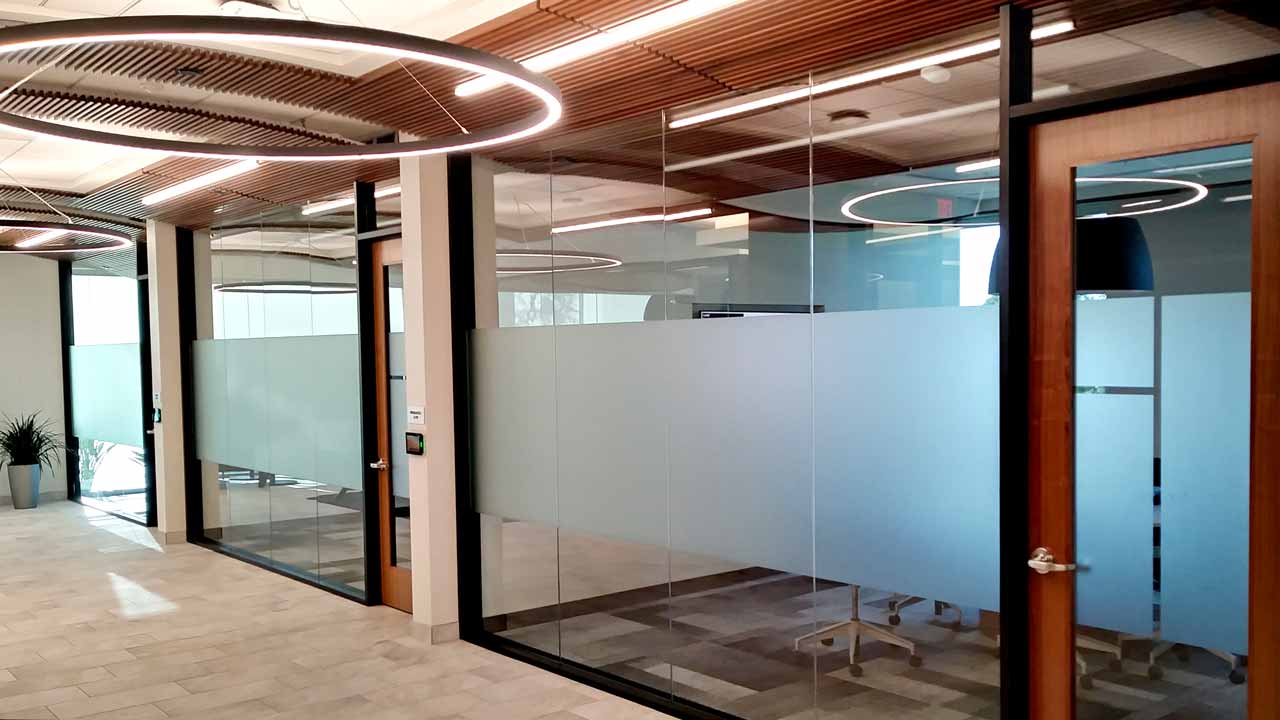Home window tinting is often associated with enhancing the visual appeal of a residence, but its benefits go far beyond aesthetics. In this exploration, we will delve into the energy-efficient advantages of home window tinting, uncovering how this innovative solution can contribute to both sustainability and cost savings.
Understanding the Basics: How Home Window Tinting Works
Before delving into the energy-efficient aspects, it’s crucial to understand the basics of home window tinting. We’ll explore the composition of window tint films and how they function to regulate heat and light, setting the stage for the energy-efficient advantages that follow.
Solar Heat Rejection: Cooling Your Home Naturally
One of the primary energy-efficient benefits of home window tinting is its ability to reject solar heat. We’ll discuss the science behind this process, explaining how tinted windows can significantly reduce the amount of heat entering your home, thus lowering the need for excessive air conditioning and enhancing overall energy efficiency.
UV Protection: Preserving Your Home and Health
Beyond temperature regulation, home window tinting offers robust UV protection. We’ll examine how these films act as a shield against harmful ultraviolet rays, safeguarding your furniture, flooring, and personal well-being. By preventing UV damage, tinting contributes to a more sustainable and durable living environment.
Energy Savings: Reducing the Carbon Footprint
The energy savings facilitated by home window contribute directly to a reduced carbon footprint. We’ll explore the environmental impact of energy-efficient homes and how window aligns with sustainability goals by decreasing reliance on artificial heating and cooling systems.
Cost-Efficiency: Saving on Energy Bills
In addition to environmental benefits, home window tinting offers substantial cost savings. We’ll break down the potential reduction in energy bills associated with a well-tinted home, providing practical insights into how this initial investment can lead to long-term financial advantages.
Choosing the Right Tint for Energy Efficiency: Tips and Considerations
Not all window tinting are created equal when it comes to energy efficiency. We’ll guide you through the factors to consider when choosing the right tint for your home, including the Solar Heat Gain Coefficient (SHGC) and Visible Light Transmission (VLT). These considerations will empower you to make an informed decision based on your energy efficiency goals.
Installation and Maintenance: Maximizing Energy-Efficient Benefits
Proper installation and maintenance play a crucial role in maximizing the energy-efficient advantages of home window. We’ll provide insights into the importance of professional installation. And offer tips for maintaining the longevity and effectiveness of your tinted windows.
In this comprehensive exploration, we aim to go beyond the surface. And uncover the energy-efficient advantages that make home window a smart investment. From solar heat rejection to cost savings and environmental impact. Discover how tinting can transform your home into an energy-efficient haven.

